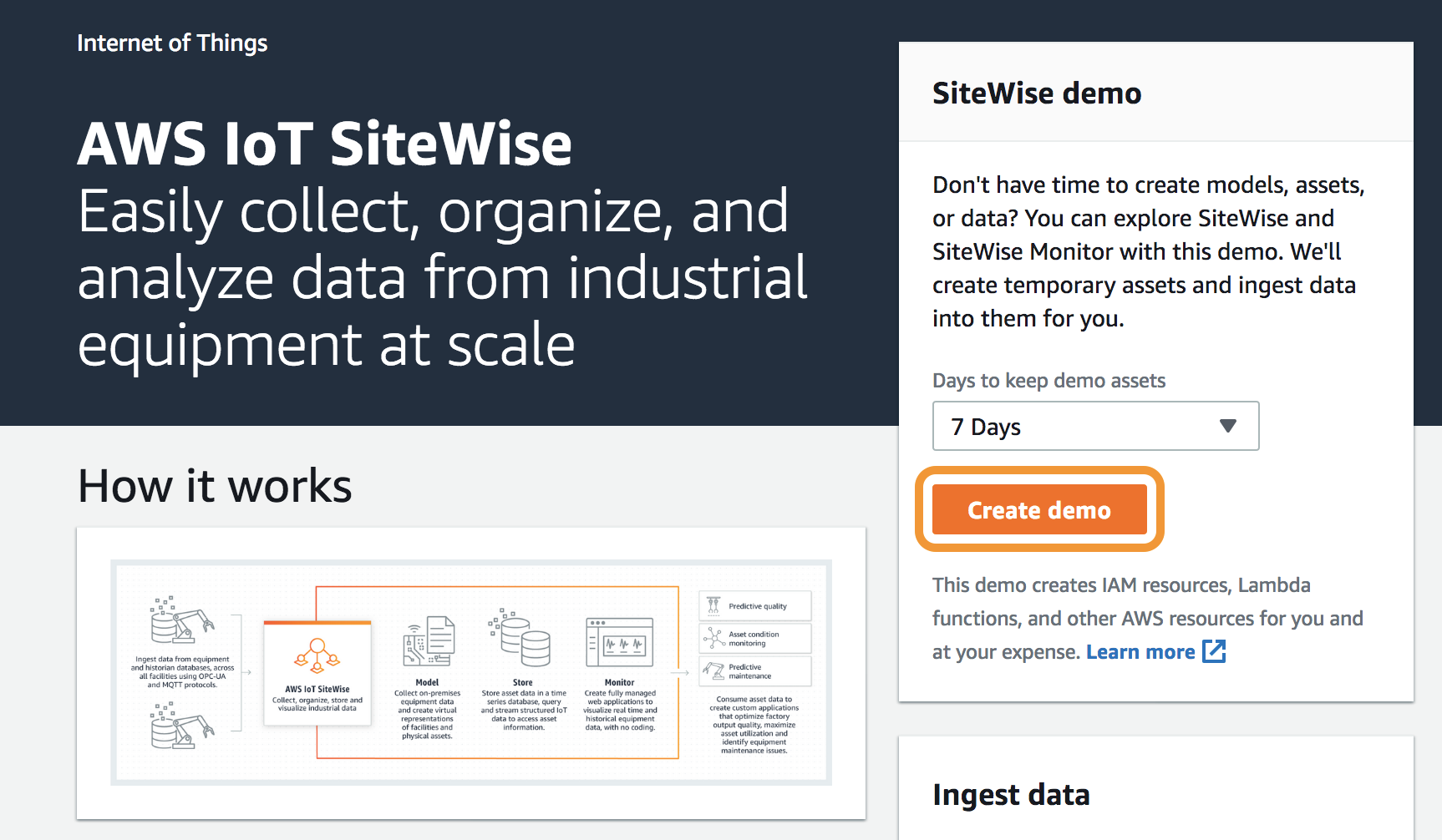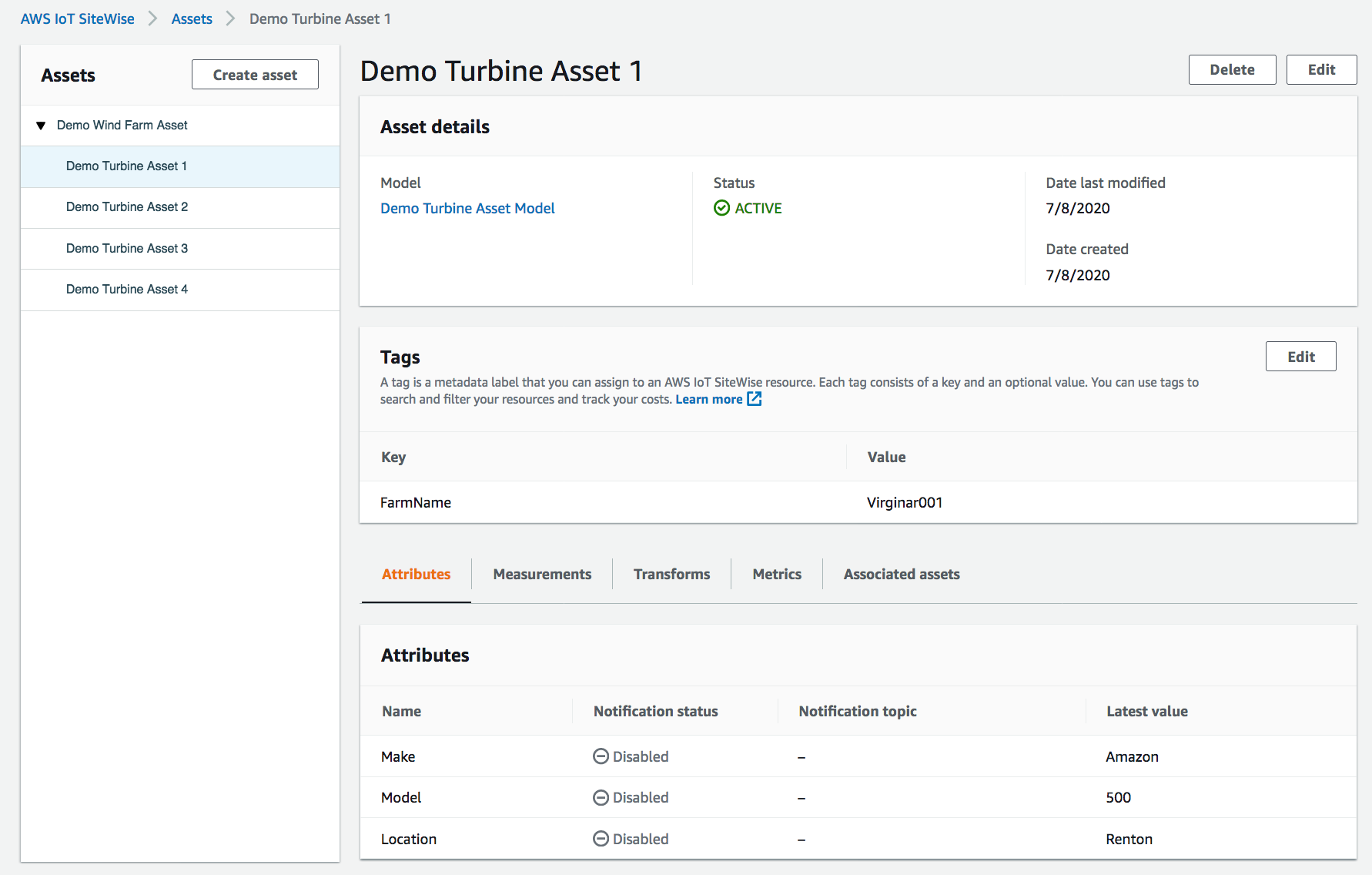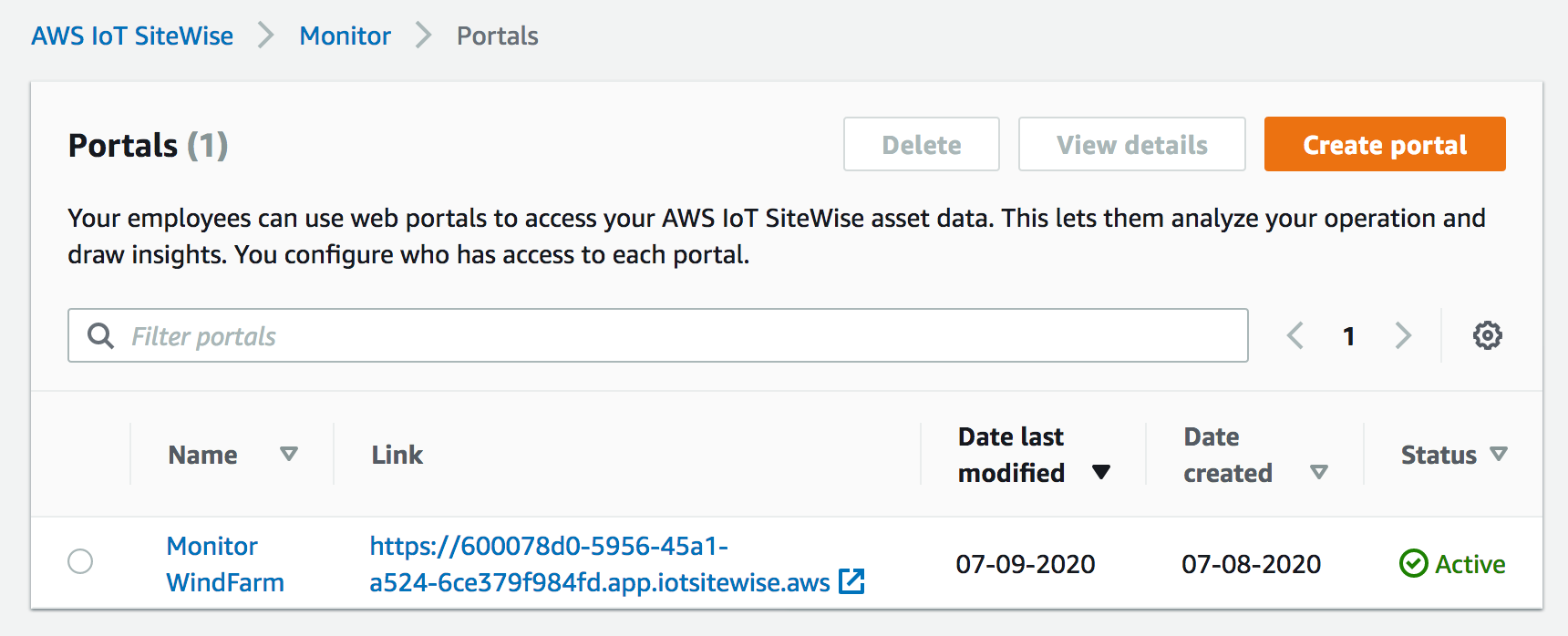AWS News Blog
AWS IoT SiteWise – Now Generally Available
|
|
At AWS re:Invent 2018, we announced AWS IoT SiteWise in preview which is a fully managed AWS IoT service that you can use to collect, organize, and analyze data from industrial equipment at scale.
Getting performance metrics from industrial equipment is challenging because data is often locked into proprietary on-premises data stores and typically requires specialized expertise to retrieve and place in a format that is useful for analysis. AWS IoT SiteWise simplifies this process by providing software running on a gateway that resides in your facilities and automates the process of collecting and organizing industrial equipment data.
With AWS IoT SiteWise, you can easily monitor equipment across your industrial facilities to identify waste, such as breakdown of equipment and processes, production inefficiencies, and defects in products.
Last year at AWS re:Invent 2019, a bunch of new features were launched including SiteWise Monitor. Today, I am excited to announce AWS IoT SiteWise is now generally available in regions of US East (N. Virginia), US West (Oregon), Europe (Frankfurt), and Europe (Ireland). Let’s see how AWS IoT SiteWise works!
AWS IoT SiteWise – Getting Started
You can easily explore AWS IoT SiteWise by creating a demo wind farm with a single click on the AWS IoT SiteWise console. The demo deploys an AWS CloudFormation template to create assets and generate sample data for up to a week.

You can find the SiteWise demo in the upper-right corner of the AWS IoT SiteWise console, and choose Create demo. The demo takes around 3 minutes to create demo models and assets for representing a wind farm.

Once you see created assets in the console, you can create virtual representations of your industrial operations with AWS IoT SiteWise assets. An asset can represent a device, a piece of equipment, or a process that uploads one or more data streams to the AWS Cloud. For example, the wind turbine that sends air temperature, propeller rotation speed, and power output time-series measurements to asset properties in AWS IoT SiteWise.

Also, you can securely collect data from the plant floor from sensors, equipment, or a local on-premises gateway and upload to the AWS Cloud using a gateway software called AWS IoT SiteWise Connector. It runs on common industrial gateway devices running AWS IoT Greengrass, and reads data directly from servers and historians over the OPC Unified Architecture protocol. AWS IoT SiteWise also accepts MQTT data through AWS IoT Core, and direct ingestion using REST API.
You can learn how to collect data using AWS IoT SiteWise Connector in the blog series – Part 1 of AWS IoT Blog and in the service documentation.
SiteWise Monitor – Creating Managed Web Applications
Once data is stored in AWS IoT SiteWise, you can stream live data in near real-time and query historical data to build downstream IoT applications, but we provide a no-code alternative with SiteWise Monitor. You can explore your library of assets, and create and share operational dashboards with plant operators for real-time monitoring and visualization of equipment health and output with SiteWise Monitor.

With SiteWise Monitor console, choose Create portal to create a web application that is accessible from a web browser on any web-enabled desktop, tablet or phone and sign-in with your corporate credentials through AWS Single Sign-On (SSO) experience.
Administrators can create one or more web applications to easily share access to asset data with any team in your organization to accelerate insights.

If you click a given portal link and sign in via the credential of AWS SSO, you can visualize and monitor your device, process, and equipment data to quickly identify issues and improve operational efficiency with SiteWise Monitor
You can create a dashboard in a new project for your team so they can visualize and understand your project data. And, choose a visualization type that best displays your data and rearrange and resize visualizations to create a layout that fits your team’s needs.

The dashboard shows asset data and computed metrics in near real time or you can compare and analyze historical time series data from multiple assets and different time periods. There is a new dashboard feature, where you can specify thresholds on the charts and have the charts change color when those thresholds are exceeded.
Also, you can learn how to monitor key measurements and metrics of your assets in near-real time using SiteWise Monitor in the blog series – Part 2 of AWS IoT Blog.
Furthermore, you can subscribe to the AWS IoT SiteWise modeled data via AWS IoT Core rules engine, enable condition monitoring and send notifications or alerts using AWS IoT Events in near-real time, and enable Business Intelligence (BI) reporting on historical data using Amazon QuickSight. For more detail, please refer to this hands-on guide in the blog series – Part 3 of AWS IoT Blog.
Now Available!
With AWS IoT SiteWise, you only pay for what you use with no minimum fees or mandatory service usage. You are billed separately for usage of messaging, data storage, data processing, and SiteWise Monitor. This approach provides you with billing transparency because you only pay for the specific AWS IoT SiteWise resources you use. Please visit the pricing page to learn more and estimate your monthly bill using the AWS IoT SiteWise Calculator.
You can watch interesting talks about business cases and solutions in ‘Driving Overall Equipment Effectiveness (OEE) Across Your Industrial Facilities’ and ‘Building an End-to-End Industrial IoT (IIoT) Solution with AWS IoT‘. To learn more, please visit the AWS IoT SiteWise website or the tutorial, and developer guide.
Explore AWS IoT SiteWise with Bill Vass and Cherie Wong!
Please send us feedback either in the forum for AWS IoT SiteWise or through your usual AWS support contacts.
– Channy;
